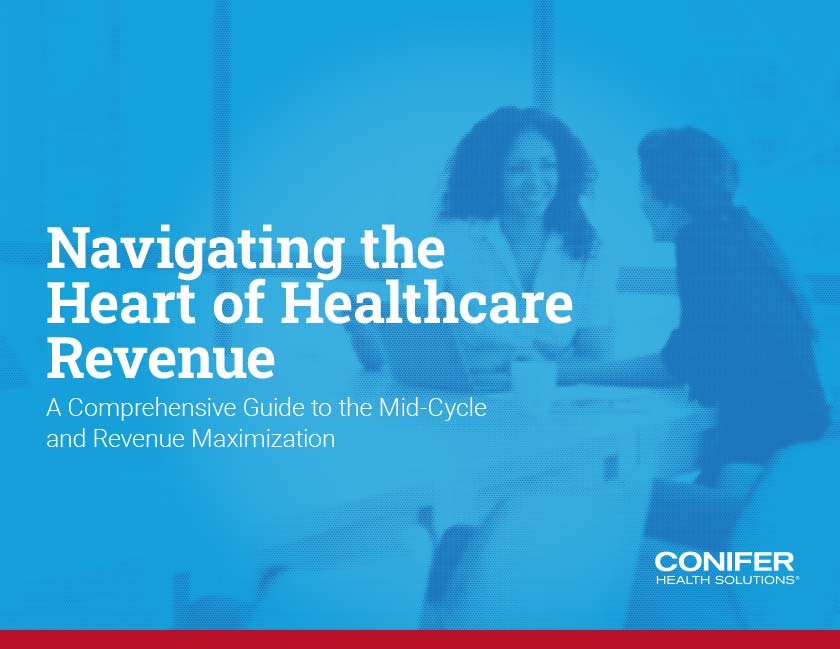CHAPTER 2
Revenue Integrity Management
CHAPTER 2
Revenue Integrity Management
Ensuring charge accuracy to support appropriate reimbursement can be difficult. The most challenging charges are often those that have complex code combinations that make them more prone to error and more resource-intensive to manage. These would include specialties like observation, interventional radiology/cardiology, and nephrology.
Optimal high-risk charge capture can prevent missing and inaccurate charges, reduce charge lag times, and improve revenue potential.
Complete/timeliness
of charge capture: Same day of Service
Late charges as a percentage of total charges: ≤2% of all charges1
In a survey of revenue cycle leaders, 68% said that up to 10% of their total charges were under-coded, and 56% said that over half of their total charges were over-coded.2 This accounted for 11% or more of their total charges. Nearly one in four said submitting a claim can take their organization up to four weeks after the date of service.
To optimize high-risk charge capture, organizations should take the following steps:
- Identify high-risk clinical services that are more prone to error
- Develop ongoing education and charge protocols
- Implement recurring audits and automation technology that monitors processes and flags potential issues
- Leverage predictive analytics to prevent missed charges
- Use high-risk charge capture vendors to identify and resolve potential problems before they impact revenue

eBook: Navigating the Heart of Healthcare Revenue
A Comprehensive Guide to the Mid-Cycle and Revenue Maximization
This eBook offers an extensive overview of mid-cycle operations within healthcare provider organizations. It emphasizes the critical importance of coding, clinical documentation integrity, revenue integrity, and health information management. The guide underscores that these processes are not isolated but are integral to both the front-end and back-end of the revenue cycle, affecting overall financial health and compliance.